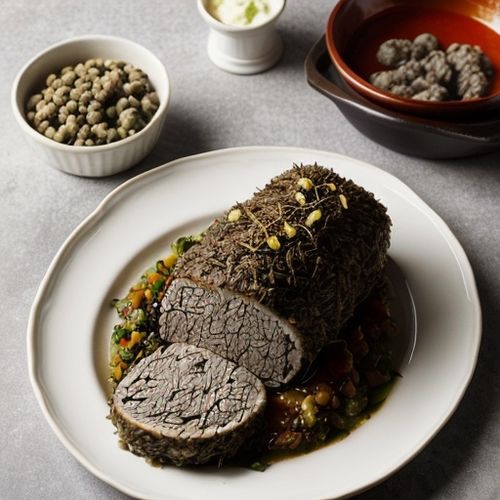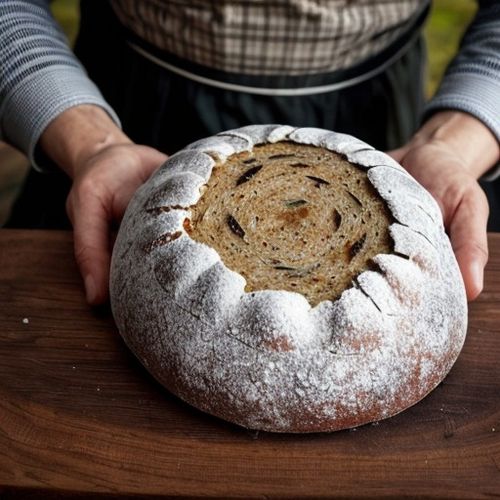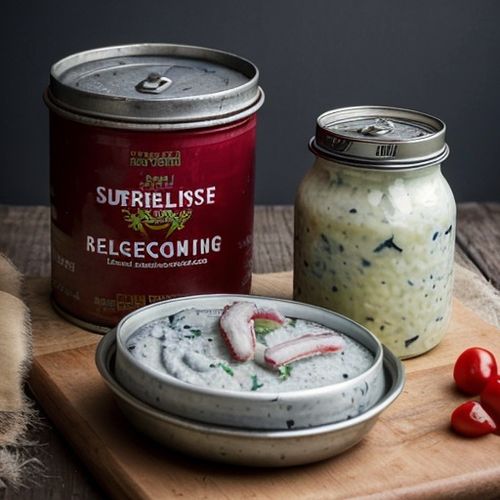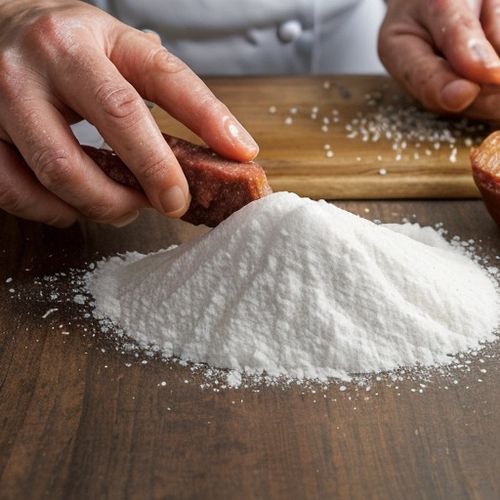The world of fermented foods is vast and varied, but few elicit as strong a reaction as Sweden’s infamous surströmming. This traditional Baltic herring dish, known for its pungent aroma and intense flavor, has become a subject of fascination—and sometimes horror—for food enthusiasts and curious travelers alike. Yet, beyond its divisive reputation lies a fascinating scientific and cultural story, particularly when it comes to the pressurized cans in which surströmming is stored. The buildup of gases inside these cans is not just a byproduct of fermentation; it’s a critical element of the dish’s preservation and a testament to the ingenuity of Nordic food traditions.
Surströmming’s fermentation process begins with fresh herring caught in the cold waters of the Baltic Sea. The fish are gutted, salted, and left to ferment in barrels for several weeks before being transferred to cans. Unlike most canned foods, surströmming continues to ferment after being sealed, producing gases like hydrogen sulfide, carbon dioxide, and acetic acid. This ongoing fermentation creates significant internal pressure within the can, often causing it to bulge ominously. For the uninitiated, the sight of a swollen surströmming can might suggest spoilage, but for Swedes, it’s a sign of proper fermentation—a delicate balance between science and tradition.
The pressure inside a surströmming can is no trivial matter. Reports suggest that some cans reach pressures of up to 2–3 atmospheres, rivaling the carbonation levels of champagne bottles. This buildup is so intense that airlines have banned the transport of surströmming due to fears of explosion mid-flight. Even opening a can requires caution: it’s often recommended to submerge the can in water or open it outdoors to avoid the explosive release of fermented brine and the accompanying olfactory assault. The ritual of opening surströmming has become a spectacle in its own right, with videos of brave (or foolhardy) individuals attempting the feat going viral online.
From a microbiological perspective, the gas production is driven by halophilic bacteria thriving in the high-salt environment. These bacteria break down proteins and lipids in the herring, creating the dish’s signature umami-rich flavor—alongside its notorious stench. The pressure serves a practical purpose, too: it creates an anaerobic environment that prevents the growth of harmful pathogens, allowing surströmming to be safely stored for years without refrigeration. This made it an invaluable source of nutrition for Swedish coastal communities long before modern preservation methods existed.
Despite its functional benefits, the pressurized can poses unique challenges for producers. Modern surströmming manufacturers must adhere to strict guidelines to ensure cans can withstand the pressure without rupturing prematurely. The seams of the cans are reinforced, and quality control involves rigorous pressure testing. Yet even with these precautions, bulging cans remain common, leading to occasional "surströmming explosions" in warehouses or supermarkets—much to the dismay of nearby shoppers.
Culturally, the pressurized can has become inseparable from surströmming’s identity. In Sweden, the dish is traditionally eaten outdoors, often as part of a surströmming premiere in late summer. The ritual involves carefully opening the can, then serving the fish on crispbread with boiled potatoes, sour cream, and onions. The strong flavors and communal aspect of the meal turn it into a social event—one that bonds participants through shared endurance and appreciation of an acquired taste. The pressurized can, in this context, becomes a conversation starter, a test of bravery, and a link to Sweden’s maritime heritage.
Internationally, surströmming’s reputation as "the world’s smelliest food" has overshadowed its cultural significance. Most foreign reactions focus on the shock value of the odor rather than the dish’s historical context or the science behind its preservation. Yet for those willing to look past the initial intensity, surströmming offers a window into Nordic resilience and adaptability. The pressurized cans are a reminder of how traditional foods often embody solutions to environmental challenges—in this case, preserving fish without refrigeration in Sweden’s short summers.
Today, as fermentation enjoys a global renaissance among food enthusiasts, surströmming remains a polarizing outlier. Few fermented foods demand such respect for their packaging, and fewer still come with such dramatic warnings. Yet perhaps that’s precisely why surströmming endures: it’s a culinary experience that engages all the senses, from the metallic ping of a pressurized can to the complex flavors of aged herring. It challenges modern expectations of convenience and palatability, offering instead a taste of history—under pressure, in every sense of the word.

By Emily Johnson/May 10, 2025

By Megan Clark/May 10, 2025

By Elizabeth Taylor/May 10, 2025

By William Miller/May 10, 2025

By Natalie Campbell/May 10, 2025

By Joshua Howard/May 10, 2025

By James Moore/May 10, 2025

By Ryan Martin/May 10, 2025

By Victoria Gonzalez/May 10, 2025

By John Smith/May 10, 2025

By Christopher Harris/May 10, 2025

By James Moore/May 10, 2025

By Lily Simpson/May 10, 2025

By Ryan Martin/May 10, 2025

By Lily Simpson/May 10, 2025

By Elizabeth Taylor/May 10, 2025

By Emily Johnson/May 10, 2025

By Laura Wilson/May 10, 2025

By Olivia Reed/May 10, 2025

By Sarah Davis/May 10, 2025